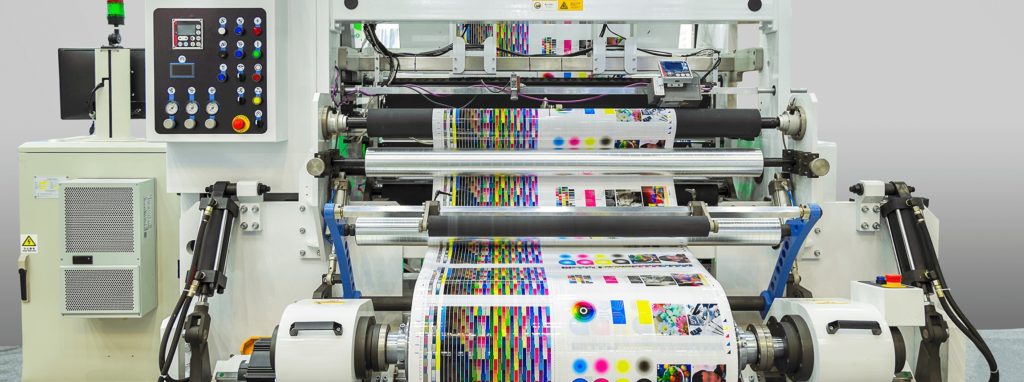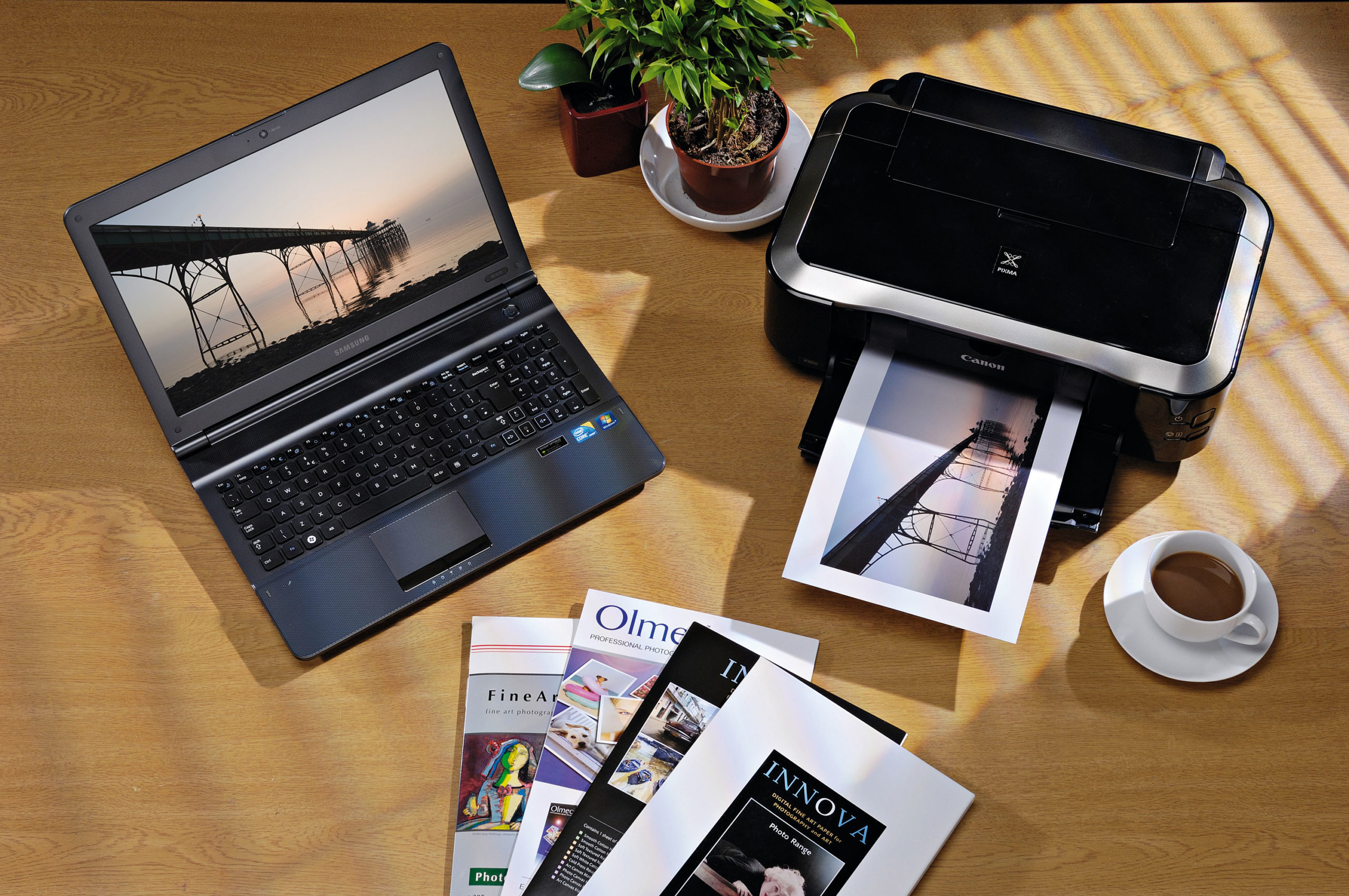Printing is an engineering process that requires a high level of precision. But did you know that excessive heat can mess up everything? From interfering with the machine settings to reducing the quality of the prints—excessive heat isn’t good when it comes to printing. The bad news is that any engineering process must produce heat. But the good news is that you can bank on effective thermal management strategies to mitigate the effects of heat. With printing chillers, you won’t have any issue with the heat. On these lines, here is why you need an effective cooling solution for your printing processes and how to choose the best chiller.
Key Takeaway
Printing is an important process in the modern world. It’s a process that helps companies produce newspapers, magazines, as well as cards on a large scale. This can produce excessive heat—making the printing machine less effective. That’s why you need to have a printing chiller for thermal management reasons.
Heat is Good
Heat isn’t entirely bad. The nature of the printing process requires some heat. Thus, heat is important to optimize the printing process. Remember, the ink needs some heat to properly bond into the paper. This heat is obtained from the UV light that comes with each and every printer. However, if the printer isn’t well ventilated, unwanted heat might be produced. The printing process also involves a lot of mechanical movements. This can generate a lot of heat. The heat that’s generated from friction must be dissipated away. And that’s where a chiller comes in. Designed to cool any type of machine, a chiller can dissipate and cool your printing machine—optimizing on its performance while ensuring that it runs for years to come.
It’s also important to note that heat can damage your printer. Worse still, it can negatively affect the quality of the prints. To manage this heat, you need an effective cooling system. With an effective chiller cooling system, you can be sure of performance, durability, and quality of prints from the side of your printer.
Why Printing Should Be Conducted at the Right Temperatures
Contents
Having the best cooling results is key when it comes to printing. That’s why printing should be done at the correct temperature. Among other things, doing your printing at the right temperature will eliminate excessive heating and ensure that the prints obtained are of the right quality.

It’s also important to note that a paper has a certain level of moisture content. This moisture plays a key role in maintaining paper properties. It also helps make the paper aesthetically appealing. That’s why you need to do your printing at the optimal temperature. Otherwise, the heat can destroy the prints and interfere with the aesthetic appeal of your paper.
Industrial Chillers
By definition, an industrial chiller is a system that can be used for refrigeration or cooling purposes. It cools down processes—optimizing machine performance. Chillers also improve the quality of production. With the ability to quickly and effectively cool industrial equipment, chillers can be used in different applications.
Choosing the Best Chiller
Air-Cooled Chillers versus Water Cooled Chillers
Chillers can be divided into two types. They include Air and water coolers chillers. Each of these chillers come with advantages and disadvantages. Thus, it’s good to understand these two types of chillers before making a purchase. Here is a breakdown of the two types of chillers.
Pros of Air-Cooled Chillers
Air-cooled chillers come with many benefits. One, they don’t require water sources. Second, they are easy to install. Finally, they often demand less maintenance.
Cons of Air-Cooled Chillers
One of the biggest setbacks of the air-cooled chillers is that they require a relatively higher upfront cost. They also dissipate heat to the surrounding. Unlike water chilled coolers, air chillers have a relatively lower lifespan.
Pros of Water-Cooled Chillers
Water-cooled chillers are quieter than their air-cooled counterparts. Additionally, they are more energy-efficient—making them ideal in a number of industrial applications. They also require less installation space—a reason where they are used in a number of applications featuring limited spaces.
Cons
Water-cooled chillers require an external source of water to operate. Thus, you will require to have cooling tower water. Also, they require additional maintenance. Even more, they aren’t portable—which restricts their applications.
Where to Use Industrial Chillers
Both types of chillers can be used in a number of applications. From Laser, Semiconductors, Medical Laboratory, to Research institutions—chillers are an essential part of any cooling system. Here is how you can use chillers:
Pharmaceutical
Chillers can be used in a production line involving the manufacture of various pills, antibiotics, as well as cardiac compounds.
Beverage
You can also use chillers when it comes to the production of dairy products as well as wine cooling.
Printing
Another important application of chillers is in the printing industry. With printing chillers, you have a solution you can rely on to dissipate excess heat. This optimizes the performance of printing machines. It also ensures that quality prints are produced.
Importance of Chillers in Printing
Chillers are important in printing for the following reasons:
Quality of Paper
Papers have a certain level of moisture. This moisture plays a key role when it comes to maintaining its aesthetic appeal. Excess heat will evaporate this water—which can interfere with the aesthetic aspect of the printing paper. Moisture also plays a key role in keeping the papers flat and well bound. In addition, the moisture keeps the papers in good condition
Quality
Moisture also ensures the process runs soothingly—which improves the quality of the paper.
Durability
Excessive heat can damage the printing machine. It can destroy the printing parts and reduce the durability of your unit. That’s why you need a chilling coolant.
The Bottom-Line
Any engineering process—including printing—requires effective thermal management strategies. With effective thermal management strategies, you can optimize the performance of your machine. However, you need to choose the right printing chiller. The above tips will guide you into choosing the best printing chiller for all your cooling needs.


